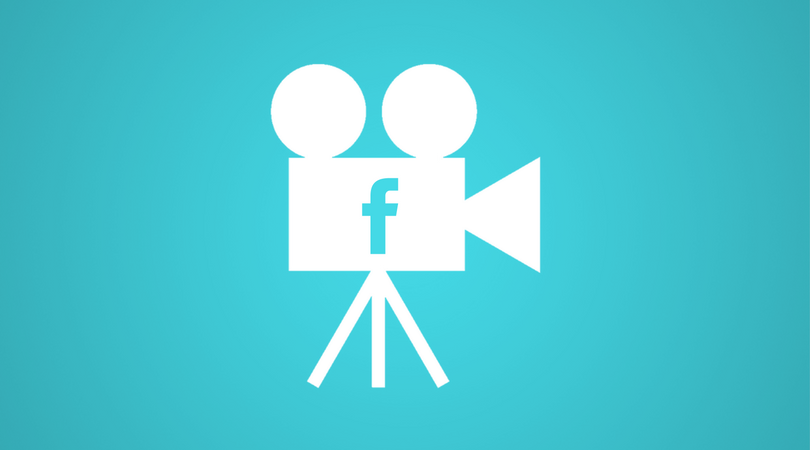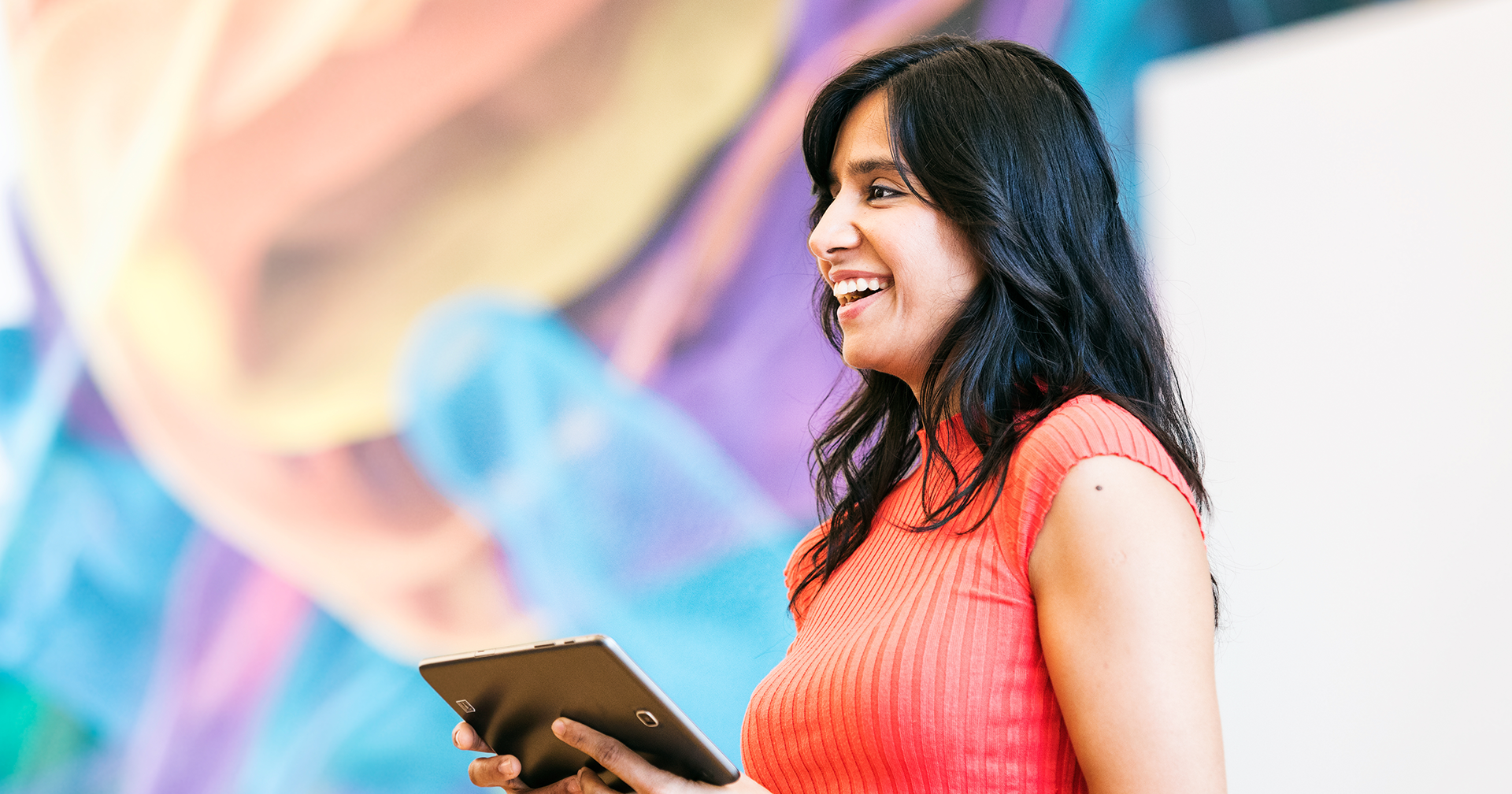Going Pro: Facebook Live

Posted By Bianca Lev on May 25, 2017
In the social media-o-sphere, two words remain top of mind: Live video. From its humble origins with Meerkat and Periscope, live video on social is now commonplace on Snapchat, Instagram Stories, and Facebook.
We’ve had the opportunity to work with clients on many video ventures including most recently Facebook Live. If you haven’t had the opportunity to get your feet wet with Facebook Live, here are some tips to get you quickly rolling.
Do Your Research
Before launching into production, spend some time get down and dirty with existing live videos on the platform. Spend hours (upon hours upon hours) watching the live videos that appeared in your own Facebook feeds and on popular industry pages to get a taste of what is out there. Take notice note of what you like and don’t like about the examples in terms of settling, sounds, positioning, etc., which will help you craft your stream when the time comes.
Setting is Key
If there was one key takeaway to share from our own research, it would be to remain aware of your setting. Something as trivial as what’s behind you can make a big impact to the viewer. Poor quality sound, grainy imagery due to bad lighting, and busy backdrops all distracted us from the content that was being shared. To put your best foot forward, keep things clean and simple. Try to include some simple brand signage, invest in quality lighting and sound, and never, ever sit your subject with their back to a window. Looking for on-air interview tips? We’ve got you covered.
Do a Test Run
Live video can be daunting, terrifying, and stressful all because of one main characteristic: It’s live. Trust us, we get it. The best way to stave off the “live” fears is to do a test run. Of course, you won’t want to broadcast an entire dress rehearsal in advance, but focus on checking your connection and making sure your equipment works as it should. If you have access to the filming location in advance, set up and connect to the internet, making sure you have a solid connection. If you’re comfortable, press the go-live and stream for a few seconds to make sure all is ready to go.
Have a Backup Plan
As with anything in life, it’s always great to have a plan B. In our case, one of our main concerns was whether our location (a highly attended conference) would have enough bandwidth for a quality video, which we addressed with the use of a direct ethernet cable. Of course, we had our trial run the day before, but in case technology and our ethernet cord failed us the day of, we were ready to go from the wifi as well. Draft your own contention plan by running through every worse-case scenario you and your team can think of and come up with a possible solution for each.The backup to our backup was going live straight from someone’s phone. The bottom line is that sometimes technology can backfire, but don’t let that make or break your stream!
Think Beyond Facebook
Sure the live aspect of the video lives (and ends) on Facebook, but that doesn’t mean you can’t extend its use to other social platforms. Leading up to our livestream, we drove users to “Like” our client’s Facebook page via posts on Twitter and LinkedIn, and advertised the stream across all three social platforms, linking to a Facebook event page where users could RSVP to the stream. We also used the event hashtag on Twitter to drive users to the stream the day of the stream. Once a broadcast has ended, Facebook lets users download the MP4 file which can then be uploaded to YouTube and shared via LinkedIn and Twitter, extending the reach of valuable video content even further.
When Things Start Slow
There’s nothing worse than promising a bunch of people you’re going to be live at 10AM, them logging in to view, and then encountering a delayed start on your end. Instead of having your viewers get antsy while staring at a blank screen and wondering where you are, or when you’ll be on, be sure to have a branded hold screen at the ready. Simple messaging such as “Company ABC will be live shortly” let’s your audience know they’re not forgotten (or in the wrong place at the wrong time!)
Know How to Track Results
Every live broadcast will have different goals. Maybe you’re driving awareness around an event, looking to build registrations, or simply looking to boost visibility. Make a list of the metrics that matter to you. Are you looking for a certain number of viewers? Exceptional comments and engagement? A viewership from beginning to end? Audience reach? Figuring out what means the most for your brand’s knowledge and growth in advance will help keep things actionable post-production.
Diving into Facebook Live? We’re in your corner! We’d love to hear what you learn along the way in the comments below.



